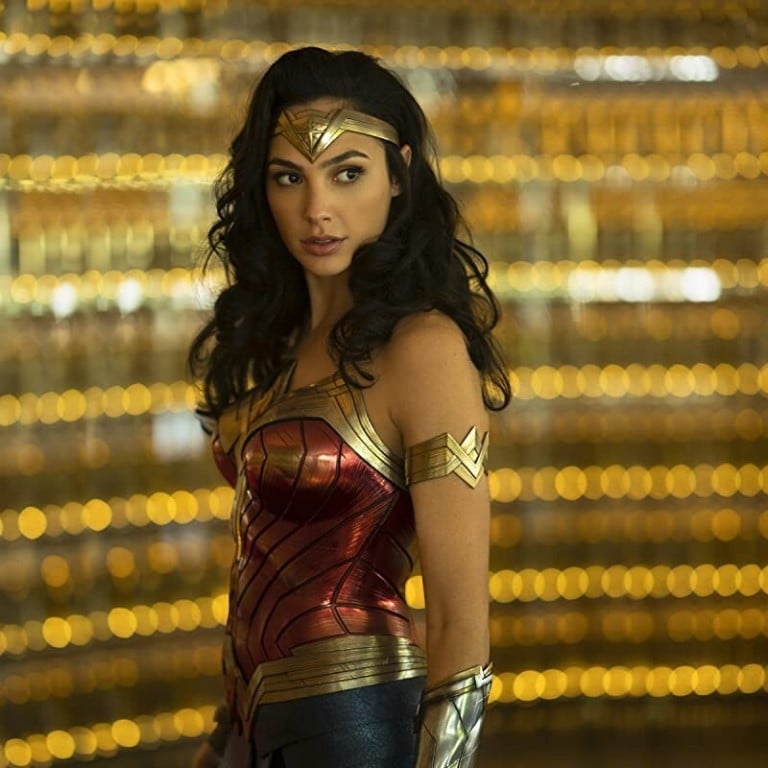
How DC plans to overtake Marvel: the return of Wonder Woman, Justice League’s Snyder Cut and DC FanDome
- The DC Extended Universe, normally outperformed by Marvel films, could release the superhero movie of the year in the shape of Wonder Woman 1984
- The much requested Snyder Cut of Justice League is also coming soon, along with new Batman and Joker films
“There is no fan like a DC fan,” announced Ann Sarnoff. Well, they’re certainly loyal – and patient. The Warner Bros CEO made her proclamation recently, while banging the drum for the upcoming DC FanDome.
Due on August 22, this virtual 24-hour fan experience is an online deep dive into the world inspired by DC Comics, with panels and programmes dedicated to the video games, TV shows and, most importantly, films.
An innovative marketing push allowing fans to experience the wonders of DC for free, you might say it’s just reward for supporters after years of lagging behind Marvel.

In essence, there was no reason why DC Entertainment couldn’t follow Marvel’s success. DC’s Superman, Batman and Wonder Woman are just as popular as Marvel’s roster of heroes. Their villains, led by The Joker, also take some beating.
Yet cinematic attempts to unite these characters have so far failed. Justice League , which set out to bring Aquaman, The Flash and Cyborg together with Batman et al, was critically lambasted. The film’s US$657 million box office haul, barely breaking even after extensive reshoots and marketing, was also dwarfed by the Avengers films’ achievements.
Likewise, the villain-driven Suicide Squad was disappointing, despite its US$746 million worldwide gross.

Meanwhile, the playful Shazam! – starring Zachary Levi in the title role – proved that there was room for mid-budget superhero movies, rather than the grossly inflated budgets of Justice League and its precursor, Batman v Superman: Dawn of Justice .
This year, however, looks to be an intriguing crossroads for both companies. For DC, it’s a chance to regroup and – whisper it quietly – possibly even eclipse Marvel.
After the tub-thumping of the DC FanDome, the autumn will serve up Wonder Woman 1984, Jenkins’ much-anticipated follow-up to her wildly successful 2017 film. While Marvel’s Black Widow will follow shortly after, DC has a genuine chance to deliver the biggest superhero movie of the year.
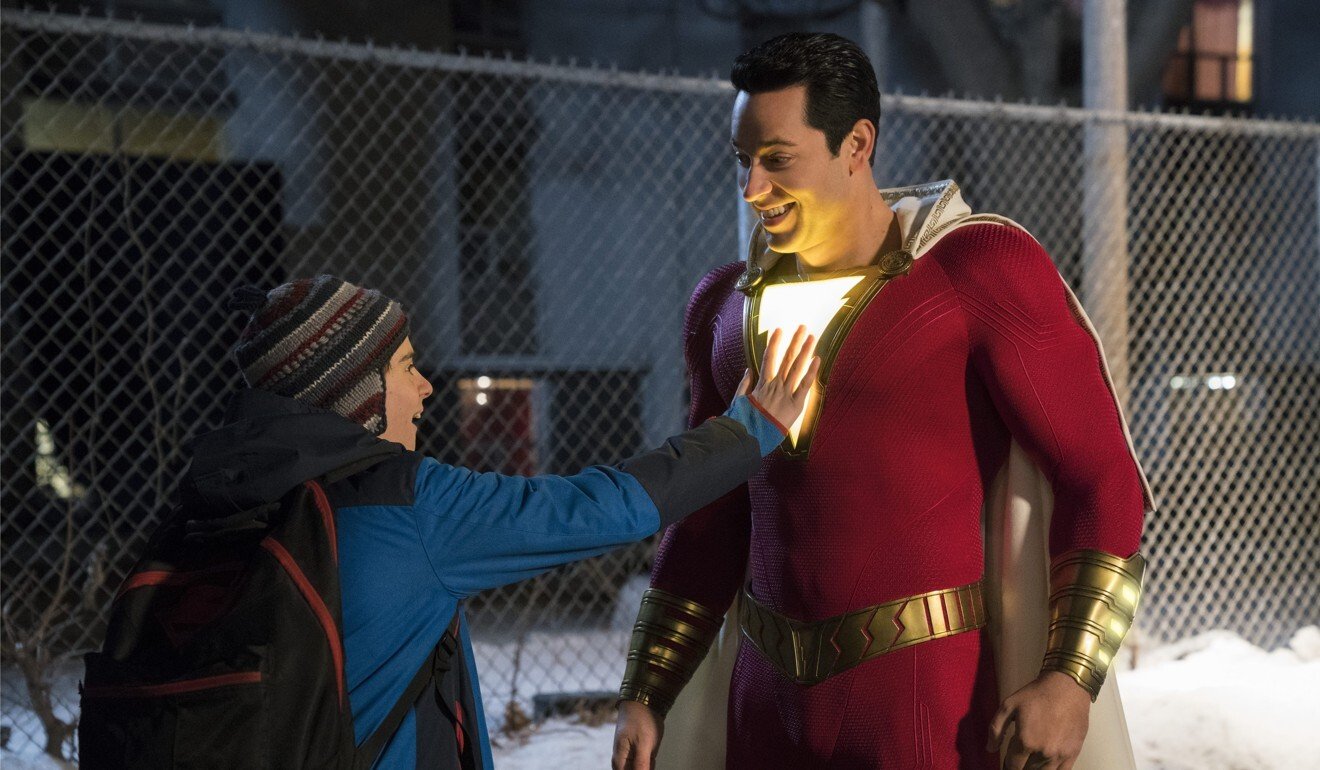
Although a hit Wonder Woman movie wouldn’t be such a surprise, there are other innovations that show DC is attempting to claw back some of the market share from Marvel.
To begin with, there was the recent announcement that streaming service HBO Max has struck a deal to release the so-called “Snyder Cut” of Justice League. Director Zack Snyder originally left the film during post-production after the death of his daughter, leaving Joss Whedon to finish the project.
Ever since, rabid online fan communities have demanded to see Snyder’s version, which is now a reality – thanks to a US$30 million budget needed to re-edit, rescore and complete special effects.
The feelings concerning Whedon and his patched up version run deep. Ray Fisher, who plays Cyborg, recently stated on Twitter that Whedon’s treatment of the cast and crew during reshoots was “gross, abusive, unprofessional, and completely unacceptable”.
At last week’s JusticeCon, an online fan event dedicated to Justice League, Fisher reiterated “every single one of those words, every single one of those comments, is true” and urged Whedon to “sue me for slander” if otherwise. Meanwhile, at the same event, Snyder said he’d rather “destroy the movie … set it on fire” than use footage Whedon shot.
Despite this very public spat, it shows how keen Warner Bros is to revive the Justice League ensemble by allowing the Snyder Cut to go ahead.
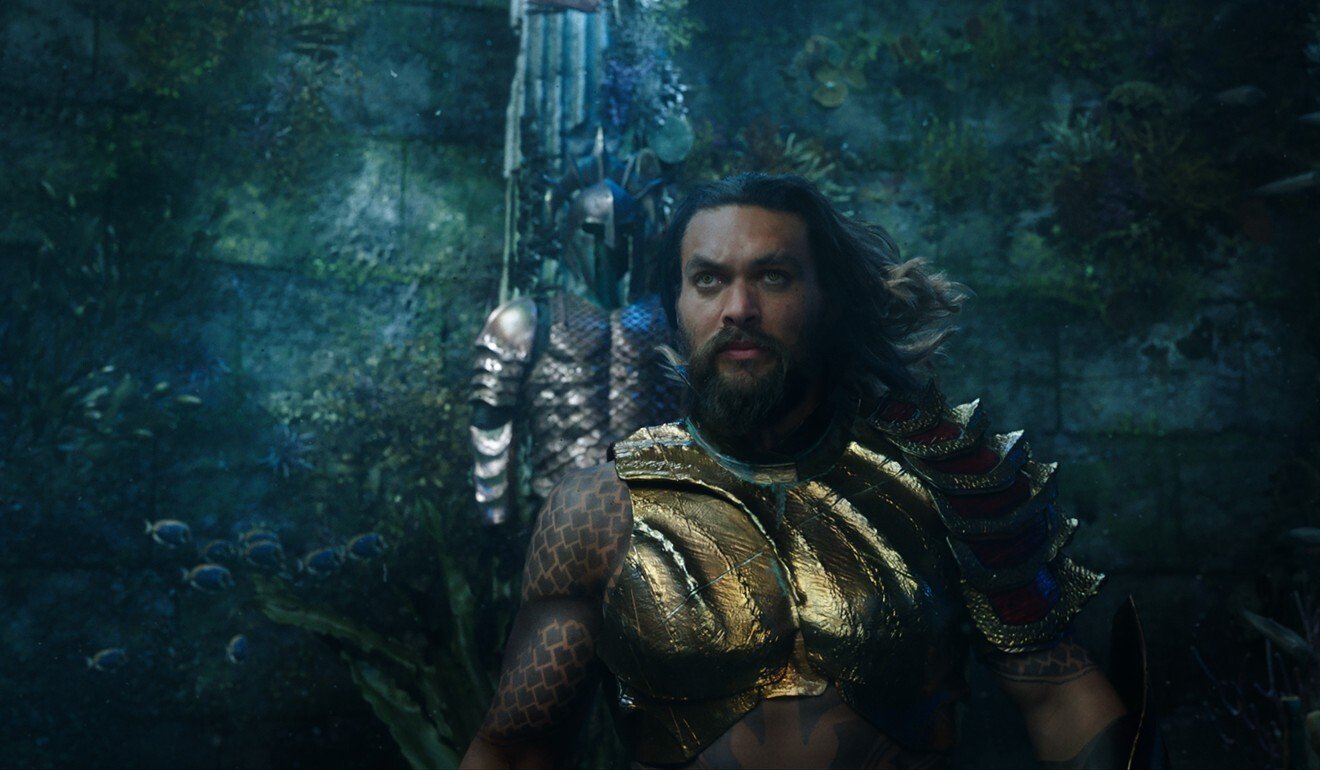
Meanwhile, over at Marvel, it feels more uncertain, with the company betting on unfamiliar characters from the more obscure corners of the canon in forthcoming films like The Eternals and Shang-Chi and the Legend of the Ten Rings .
By comparison, DC is rebranding its prized assets, a process it has readily done far more than Marvel.
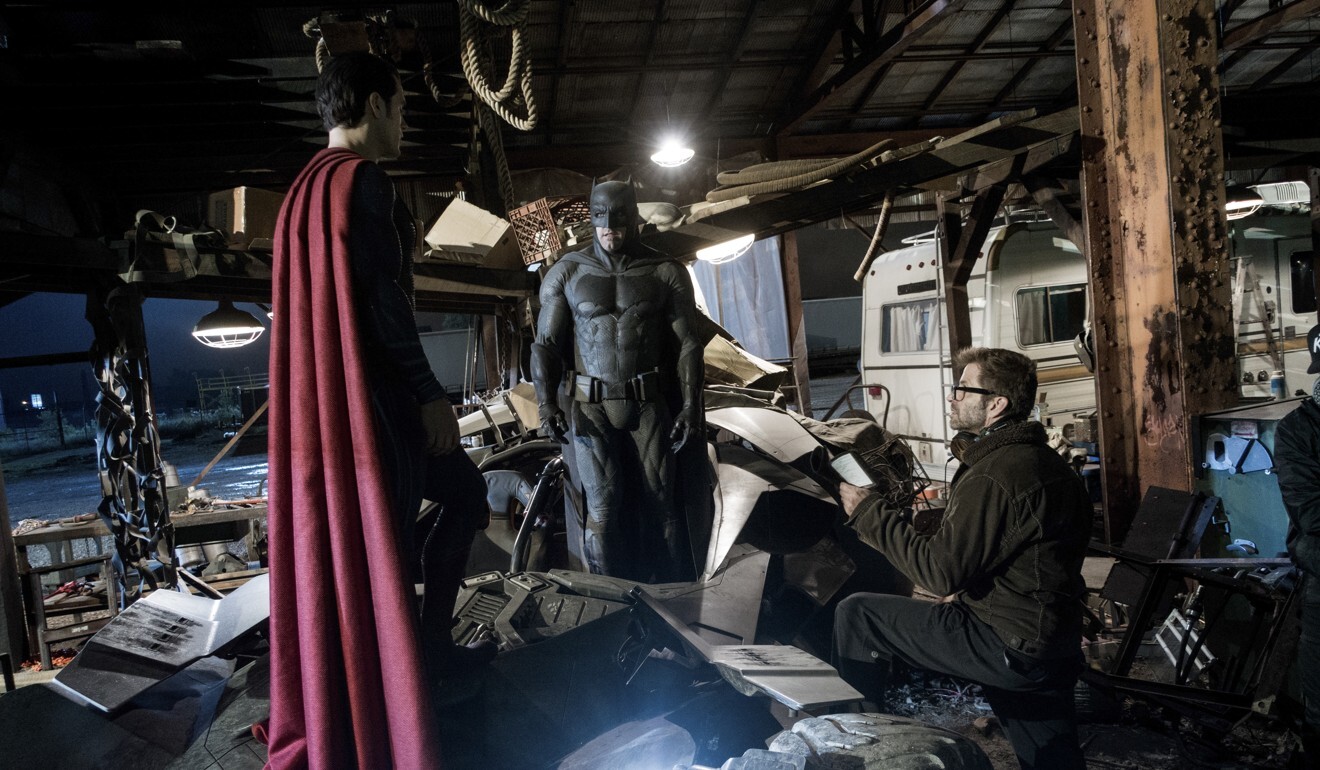
Until it was shut down due to the pandemic, Matt Reeves’ The Batman was in production, with Robert Pattinson the sixth actor to play a live-action, big-screen version of Gotham City’s titular Caped Crusader in the modern era.
An HBO Max spin-off television series is also in the works – TV being one medium where DC has largely outshone its Marvel counterparts, thanks to shows like Gotham, Batwoman, The Flash and Arrow.
The suggestion is that Reeves is taking a more raw approach with the character in his younger years, deploying more than one villain – the Riddler (Paul Dano), the Penguin (Colin Farrell) – and jettisoning the garish VFX-heavy approach that has dominated the Snyder-era DCEU.
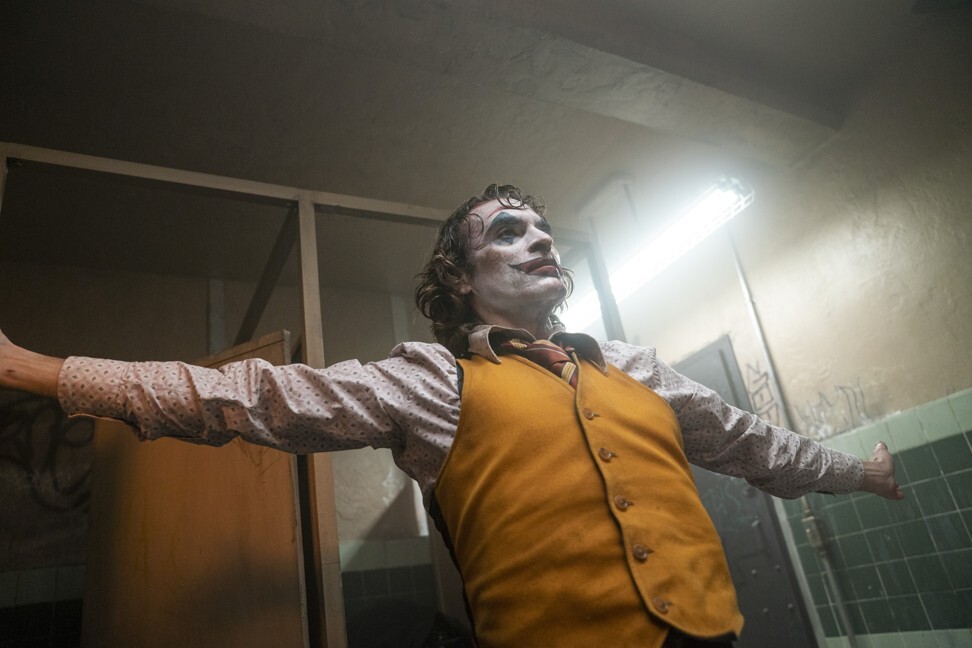
Todd Phillips’ US$1 billion grossing Joker , featuring an Oscar-winning Joaquin Phoenix in a story set far apart from the DCEU, has shown just how successful this gloomy route can be.
Meanwhile, the DC universe is breaking free from Snyder, who kicked it all off with the first Henry Cavill/Superman film, 2013’s Man of Steel, and largely steered the creative vision of the films ever since.
Instead, DC is taking a leaf from Marvel’s book and introducing a new crop of directors, including the irreverent James Gunn, who so successfully delivered Guardians of the Galaxy for Marvel.
At least for the moment, Gunn is in the DC stable, directing The Suicide Squad, which sees some of the actors from David Ayer’s 2016 film – including Margot Robbie as Harley Quinn – return for a new story.
True, there have been bumps along the road. Robbie’s solo outing as Quinn, Birds of Prey , flopped earlier this year, with Chinese-born director Cathy Yan at the helm. But all of a sudden, the DCEU is drawing from a bigger and more enticing well.
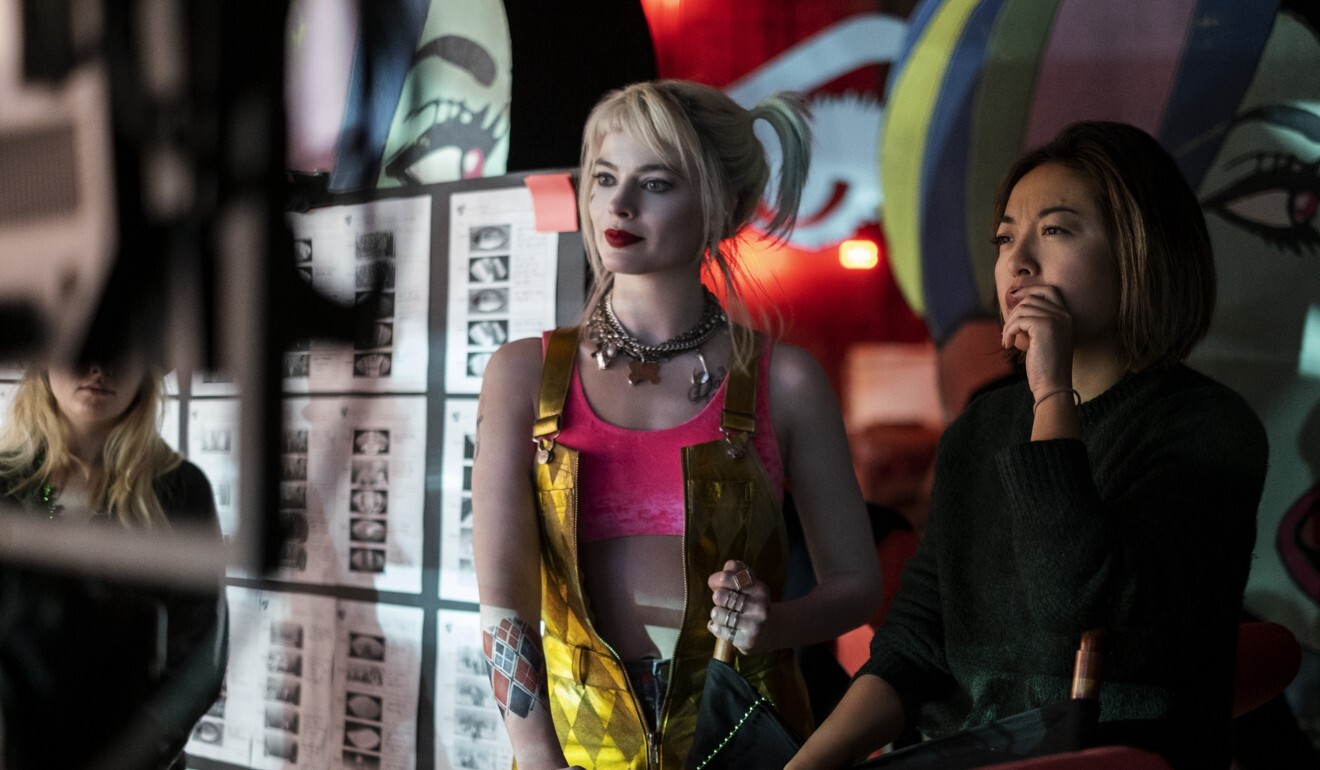
Spanish director Jaume Collet-Serra, for example, is prepping Black Adam, with Dwayne Johnson playing the titular villain, a nemesis to Shazam who is undoubtedly being readied for a future crossover with Levi’s character.
The Flash is also set for a solo outing, thanks to It director Andy Muschietti, with Ezra Miller reprising his role as the speedy hero. According to recent reports, The Flash may feature Michael Keaton, reprising his role as Batman – last seen in Tim Burton’s 1992 film Batman Returns.
The idea comes from DC exploring the “multiverse”, alternate universes or realities that co-exist within the larger whole. Already, Miller’s Flash recently appeared opposite Grant Gustin, his TV counterpart, in Crisis on Infinite Earths, the first major crossover between DC’s film and television worlds.
While all this opens up the possibility of future match-ups from different DC realities – Pattinson’s Batman vs Phoenix’s Joker, perhaps? – it also shows the DCEU’s desire to reshuffle its deck of cards until it finds a winning hand.
After all, it has a number of aces in its pack. And a Joker too.
DC Fandome takes place on August 22. For more details, visit dccomics.com.

 (1).JPG?itok=0BHk6odg&v=1665981271)